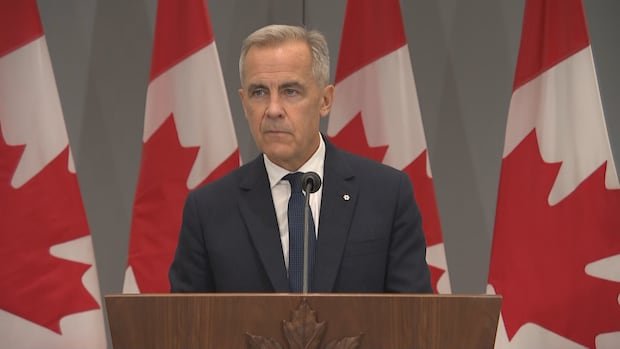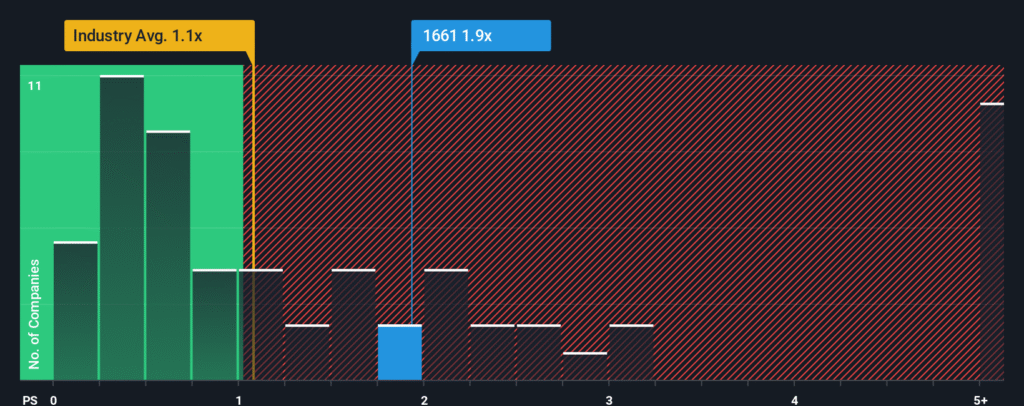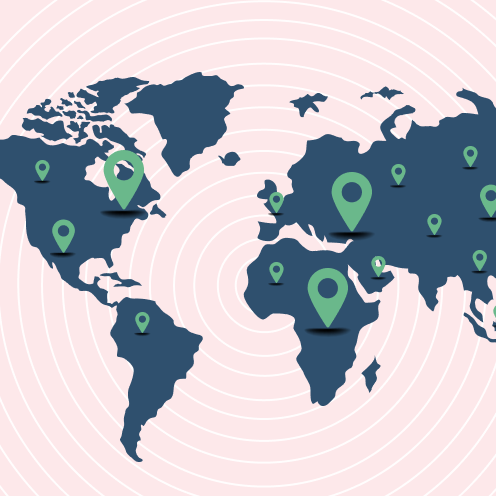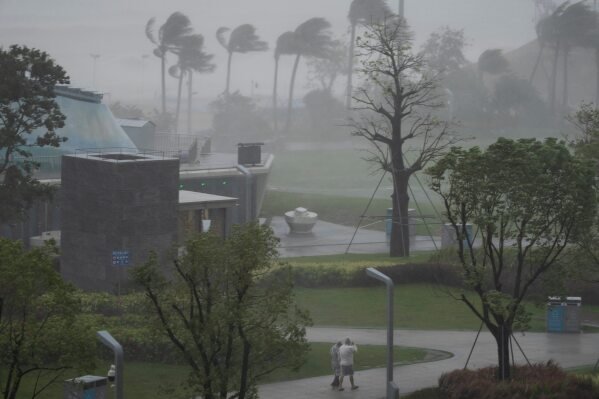Chinese scientists have revealed the secrets of a giant antenna system, stretching across an area five times larger than New York city, which has been key to Beijing’s global leadership in the discovery of critical minerals.
The 500 kilowatt transmitter, originally made for submarine communication, is used by geologists in central China to send signals deep into the Earth to map resources hidden miles underground.
As countries around the world hunt for minerals critical to green energy transition, China is betting on advanced electromagnetic exploration to find deposits of cobalt, lithium and other rare earths.
In recent months, Chinese geologists have announced the discovery of the largest gold deposit in the world as well as extremely large lithium reserves in the country.
In a new study published in the journal Geophysical & Geochemical Exploration, Chinese researchers provide, for the first time, a comprehensive review of their country’s world-leading electromagnetic mineral exploration technology.
Over the past 100 years, mineral exploration across the world has relied on methods like measuring the direct current resistivity of different patches of ground to predict the type of ores present underneath.
But as surface-level deposits are exhausted, geologists are moving to what they call a “second mineral space”, looking for ores between 500 and 2,000 metres underground.
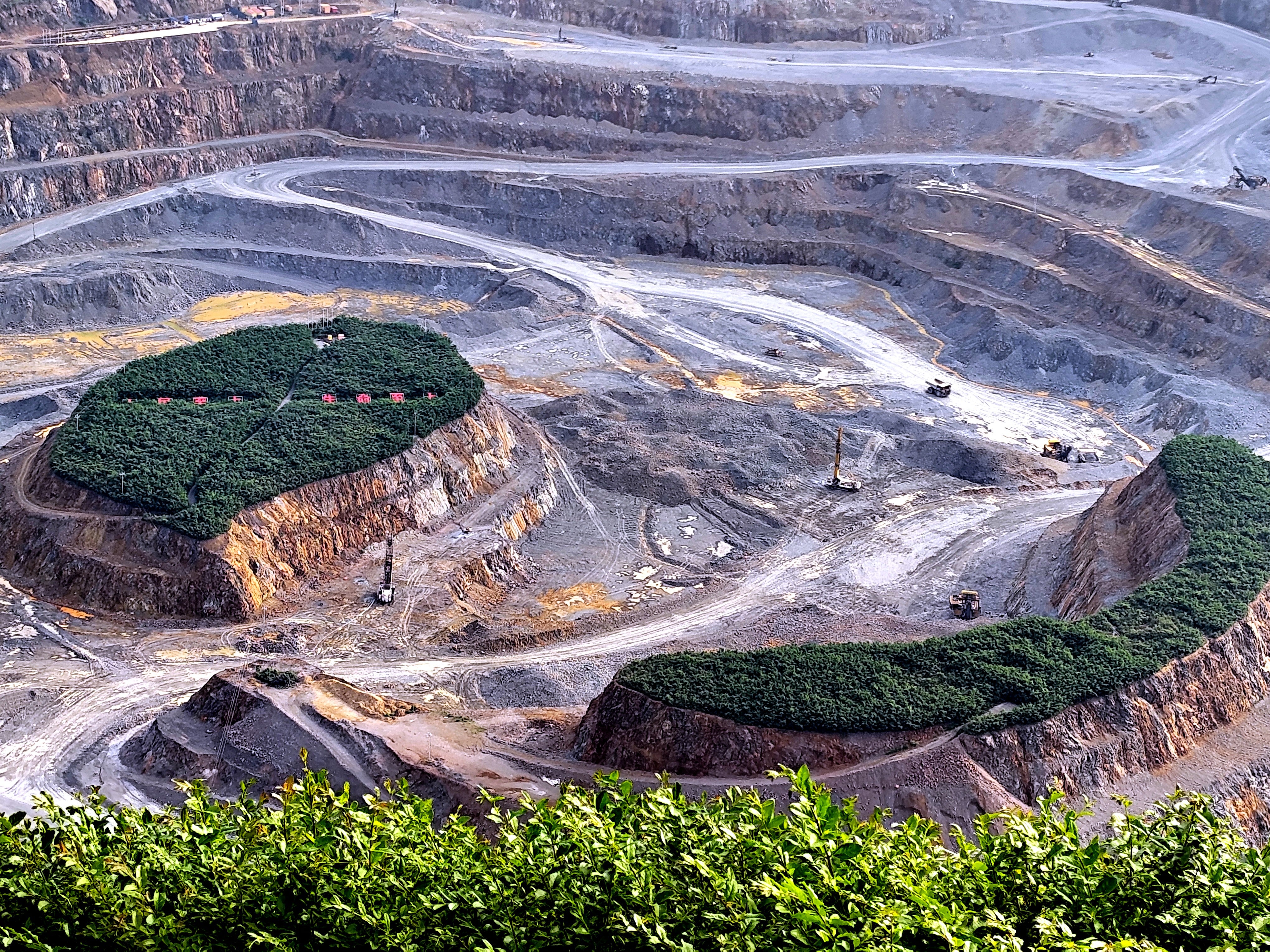
Studying ores deep underground is challenging, however, as signals are masked by noise from power lines, mining operations, and urban infrastructure.
“High-power and ultra-high-power electromagnetic technology, by boosting transmission current, combats these issues,” scientists write in the new study.
“It enhances detection depth, enables 3D exploration, and drives technological and application innovation.”
In the new study, scientists review many existing instruments used in China and abroad which qualify as “high power” or “ultra-high power” by output and assess how these are used in mineral exploration.
They conclude that currently almost every state-owned ultra-high electromagnetic exploration system exceeding 100kW exists only in China.
China has built a network of advanced transmitters with power greater than 100kW that send stronger signals, drowning out noise to probe deeper than ever for critical mineral deposits.
Beijing has also launched a Wireless Electromagnetic Method project, building a giant transmitter system with two antenna lines, one stretching around 80km and the other 120km across the country.
This system is so massive that its transmission can be detected across Tibet, Inner Mongolia and Guangdong regions, covering distances of over 2,000km.
Even at a faraway site in Xiong’an, scientists say, the transmitted signals are seven times stronger than background noise.
“These advances will propel electromagnetic methods toward greater depth, precision, and intelligence, supporting China’s renewed mineral exploration efforts,” the scientists, led by Chen Hui from the China Geological Survey, note in the study.
The review presents a comprehensive survey of existing high-power instruments used in mineral exploration and a roadmap to push boundaries further for deeper and more precise prospecting of critical resources.




